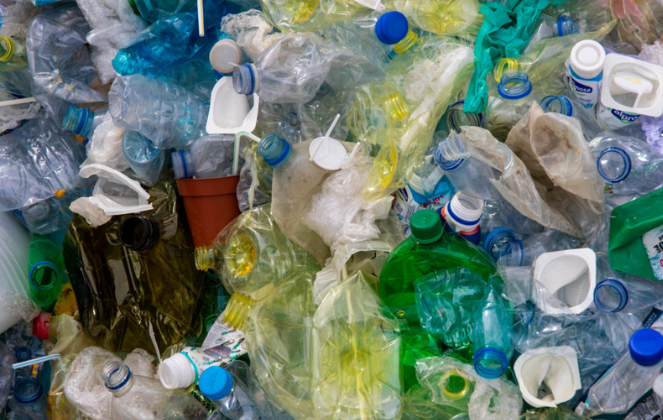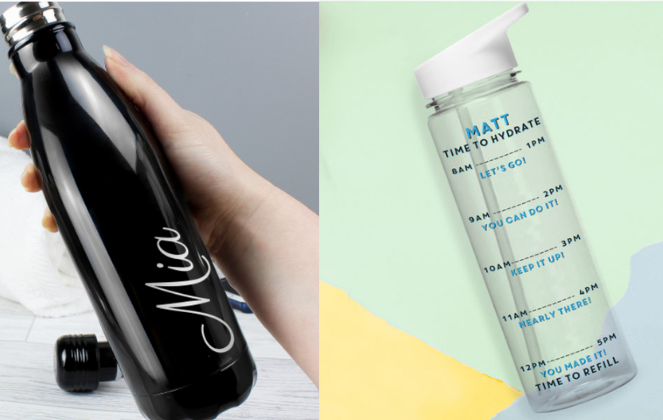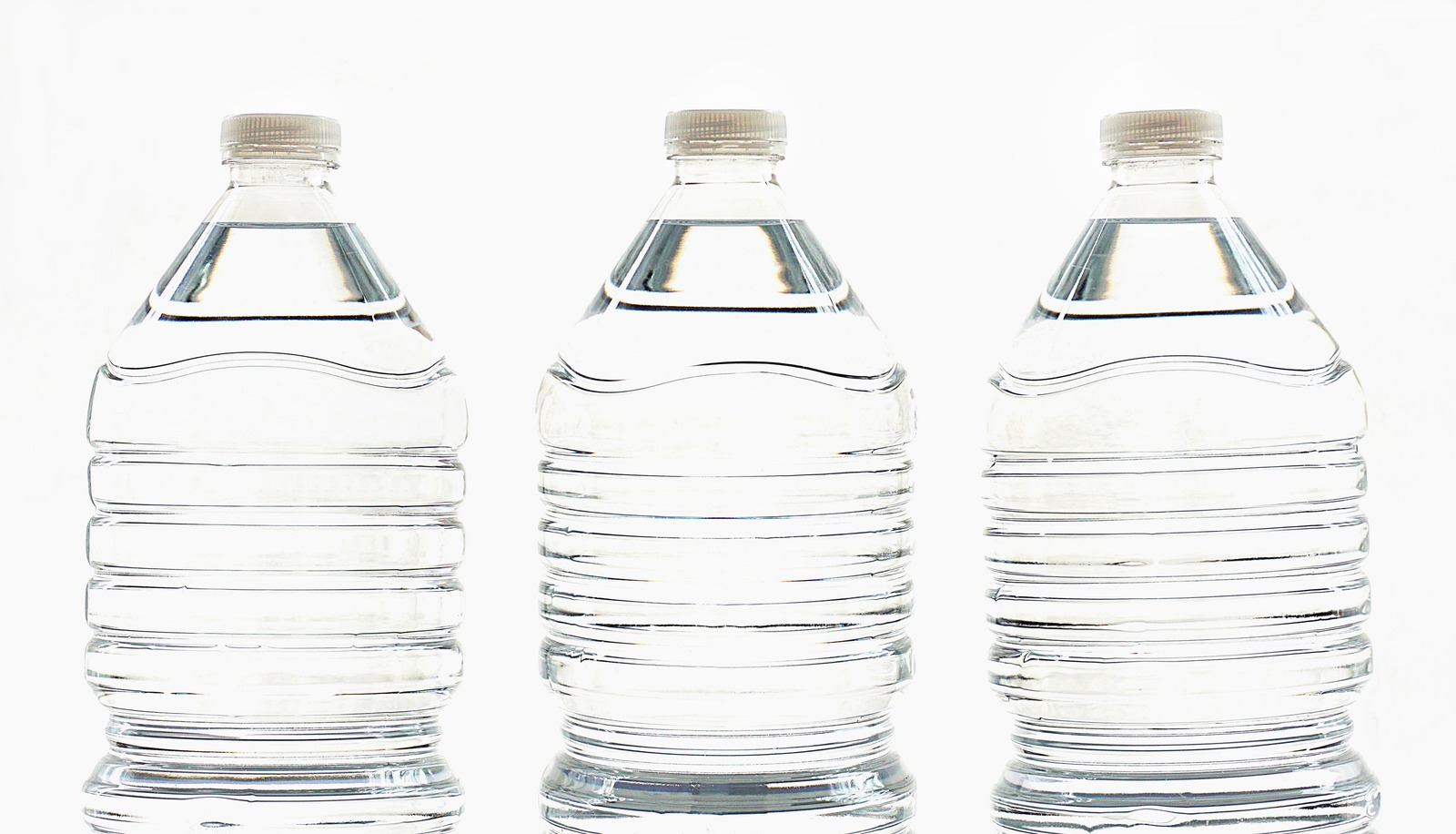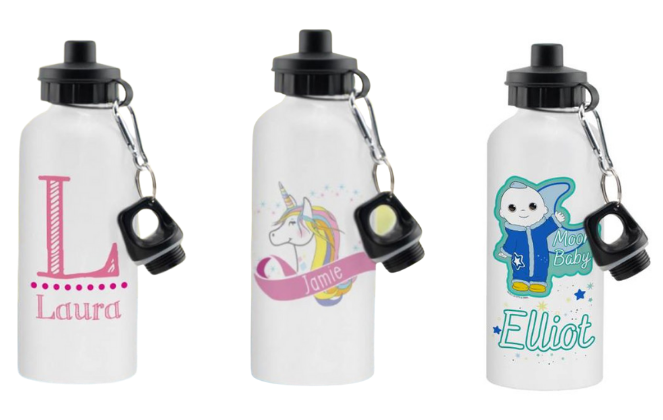How do you choose the best reusable water bottle for your kids? It’s great that you are taking the time to think about the variety of options.
Our consumption of plastic has quickly become one of the most pressing and potentially damaging ecological threats to date. Single-use water bottles have a huge part to play in the production of plastic waste across the globe. Peter H Gleick, a highly respected scientist and water expert has reported that
“…every second of every day in the United States, a thousand people buy and open up a plastic bottle of commercially produced water…And for every bottle consumed in the U.S., another four are consumed around the world.”
But how did this all start?
Who invented the water bottle?
Nathaniel Wyeth created the first carbonated water bottle in the 1970s. He developed a new plastic- polyethylene terephthalate (PET). However, plastic bottled water was available commercially from 1947 although very expensive. Mass production of water bottles was possible due to Wyeth’s discovery.
By the 1970s, polyethylene was widely available. In fact, in the US there were 250 million gallons of bottled water were being sold annually. Thanks to Nathaniel Wyeth’s development of cheap plastic. Well-known brands Perrier and Evian were the first to popularise bottled water to the masses.
How are water bottles made?
There are various methods of creating different bottles using various materials. Generally small, grain-like pellets of PET and recycled plastics are melted together. This liquid is then injected into preform moulds. Then, pressurized air is injected into each mould stretching the plastic into the desired shape. This forces the plastic against the mould. Lastly, the water bottles are ejected from the moulds and then checked for flaws or leaks before being sent to be filled.
Although these PET bottles are designed to be recyclable and have been touted as environmentally friendly the fact remains that the vast majority of bottles produced are never recycled.
In fact, in 2019, new PET bottles in the United States contain only 7 percent recycled content which is why reusable bottles are arguably a more sustainable option.

Is it safe to reuse plastic water bottles?
Well, plastic, prefilled water bottles that you can buy from any supermarket or corner shop are made of this polymer PET. This material was designed with the explicit purpose of a SINGLE USE. Two things can happen when you reuse the flimsy plastic bottles.
Chemical Contamination from bottles
Firstly, they can leach chemicals and secondly bacteria can grow. The threat of chemicals leaching into the water that you drink from the bottle has been hotly debated. Researchers have looked at the variety of different shapes and types of water on the market to see what the concentration of chemicals leaching into the water were after repeated refilling. Their results indicate that despite the presence of potentially harmful chemicals in the water they were well below the limits set by the World Health Organisation. Nevertheless, Dr Natalie Aneck-Hahn has simple words of advice- “PET plastic bottles are single-use or disposable bottles and should be recycled after use.” Long term data is still being collected to further clarify the possible effects.
Bacterial Growth
The second threat and in fact, potentially the most harmful is bacterial growth. Many people will also admit to refilling instead of properly washing and drying after each use. Neglecting to wash bottles thoroughly with soap and water can cause harmful bacteria to grow.
A study found that 60% of these microbes found on water bottles were able to make people ill and the highest number of bacteria they recorded reached a higher number the average toilet seat! So the message is fairly clear, do not constantly reuse the same single-use water bottle. In the words of the Journal of Practical Gastroenterology– “The better—and safer—alternative…is not to reuse it at all”.
Not only is converting to a reusable water bottle saving the oceans but it’s saving your hard-earned cash in the long run too. Tap water is FREE of course. The reusable bottle will pay for itself over and over and you can sip your cool, clean water guilt-free. Now, as you can see, it’s a bit of a minefield for consumers looking to keep their families safe whilst being environmentally conscious. So, what should you consider when choosing the best reusable water bottle?
What material makes the best reusable water bottle?
And what is BPA anyway?
I’m sure you’ve probably seen this on labels of reusable bottles on the shelf and wondered what it actually meant. The compound Bisphenol A or BPA often used in the manufacturing of certain plastics and resins since the 1960s.
Research has shown that BPA can seep into beverages or food from its container. Although this does not pose any threat in small dosages, the hazard of this chemical is that it mimics oestrogen in our bodies in higher concentrations. These chemicals even have physiological side effects including reproductive and developmental implications, metabolic disease and worryingly behavioural and other effects in children.
This chemical can be found in some reusable plastic bottles which is why it’s worthwhile double-checking in the product specifications when you are buying water bottles or other plastic products that you keep food or drink in that they are BPA free. Alternatively, you could look for a glass or stainless- steel or aluminium bottle which are hard wearing and BPA free.
Popular water bottle designs
Now that you are looking for a reusable bottle (which is preferably BPA free) the next hurdle is which design to choose. Well, luckily reusable water bottles are becoming more and more popular with public awareness of the damage single use plastics pose to the environment and our health. Not only can these new reusable bottles keep us hydrated but can be attractive enough to take pride of place on any desk. There are thousands of different designs with loads of different features and uses now. Here are just a few.
Unicorn water bottles
Just when you think the unicorn trend was over these water bottles are here to keep unicorn magic alive and kicking. The first holding 600 ml and the second slightly smaller at 500 ml both make perfect gifts.
Water bottles for kids
When you are thinking about designs for kids you, of course, want to make sure these are fun and eye-catching in the hopes it encourages them to keep hydrated and drink plenty of water. The good news is, these are plenty of water bottles out there that would do just that. Like these star wars water bottles with your favourite star wars character in pop art style. The sports cap would hopefully keep spillages to a minimum.
Best water bottles for school
Depending on the school, something fun and eye-catching might be appropriate. Alternatively, a more subdued bottle with simply the child’s name might be more suitable. This bottle is stainless steel and holds 520 ml of liquid. Perfect for older children in high school who need something to take with them to sports clubs for example. There are even collapsible water bottles available that might be handy if your youngster has limited space in their bag.

Black reusable water bottle with name
https://www.labels4kids.com/personalised-black-metal-insulated-water-bottle.html
Who knew there was so much to know about water bottles? Whether you want to go for bright, plastic, metal there is a combination that will work for you. Keeping your kids drinking water whilst cutting down on plastic waste has never been easier. Water bottles are great so you can enjoy clean, fresh water anywhere. If you wash the bottle thoroughly after each use and steer clear of any nasty chemicals you’ll stay hydrated and worry-free.


